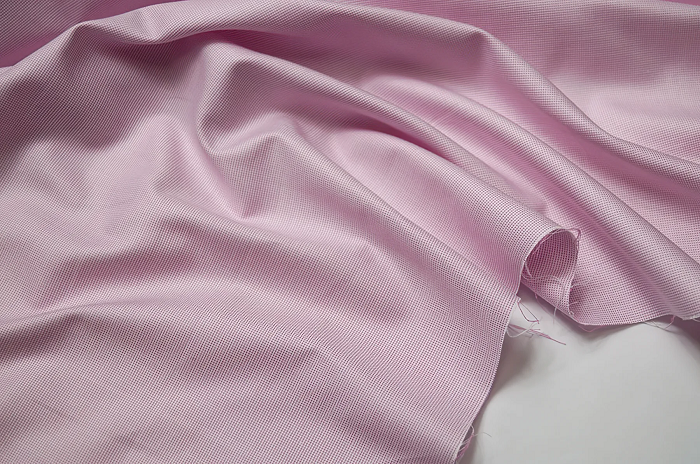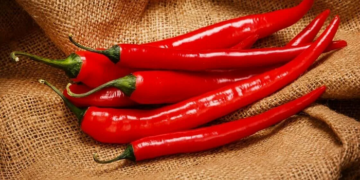What kind of fabric is poplin? Poplin is a durable double-sided fabric in which, due to the combination of a thin warp and a rough weft, a fine raised rib is formed.
Compound
Initially, poplin was made on a silk base with the addition of a heavier wool filler. In the production of modern fabric, cotton threads of different thicknesses or a combination of cotton fibers with silk, wool, synthetics, and viscose are used.
Poplin made from 100% cotton is considered the highest quality and most expensive. Cheaper analogues may have different ratios of cotton and synthetics. An exclusive variety of this type of fabric includes a material that is made by weaving silk and wool threads.
The combination of cotton with other material has virtually no effect on the overall qualities of poplin. The fabric is light, with a matte texture. It is often used to make bedding. The peculiarities of the weave make poplin rough, which prevents bed linen from sliding off the bed.
Density
The density of poplin is considered one of its main advantages. It is determined in two directions: Linear density is the number of threads per 1 cm².
The density of cotton fabrics ranges from low (20–30 threads per 1 cm²) to very high (130–280 threads per 1 cm²). Poplin has a linear density above average (65–120 threads per 1 cm²). Surface density is determined in grams per 1 m². This is influenced by the twist of the thread, the tightness of their fit to each other, and the method of weaving. The average density of poplin in this category is 110–120 g/m².
Plain weaving is based on the intersection of vertical warp threads with a longitudinal weft thread in a checkerboard pattern. At the same time, the fabric is based on dense, but thinner fibers, and thicker and coarser threads are used for the transverse weft.
When making 100% cotton fabric and adding other threads, the concept of plain weaving remains the same: one thread is thinner, the other is 1.5–2 times thicker. As a result, a slight scar relief appears on the finished canvas (rep effect).








